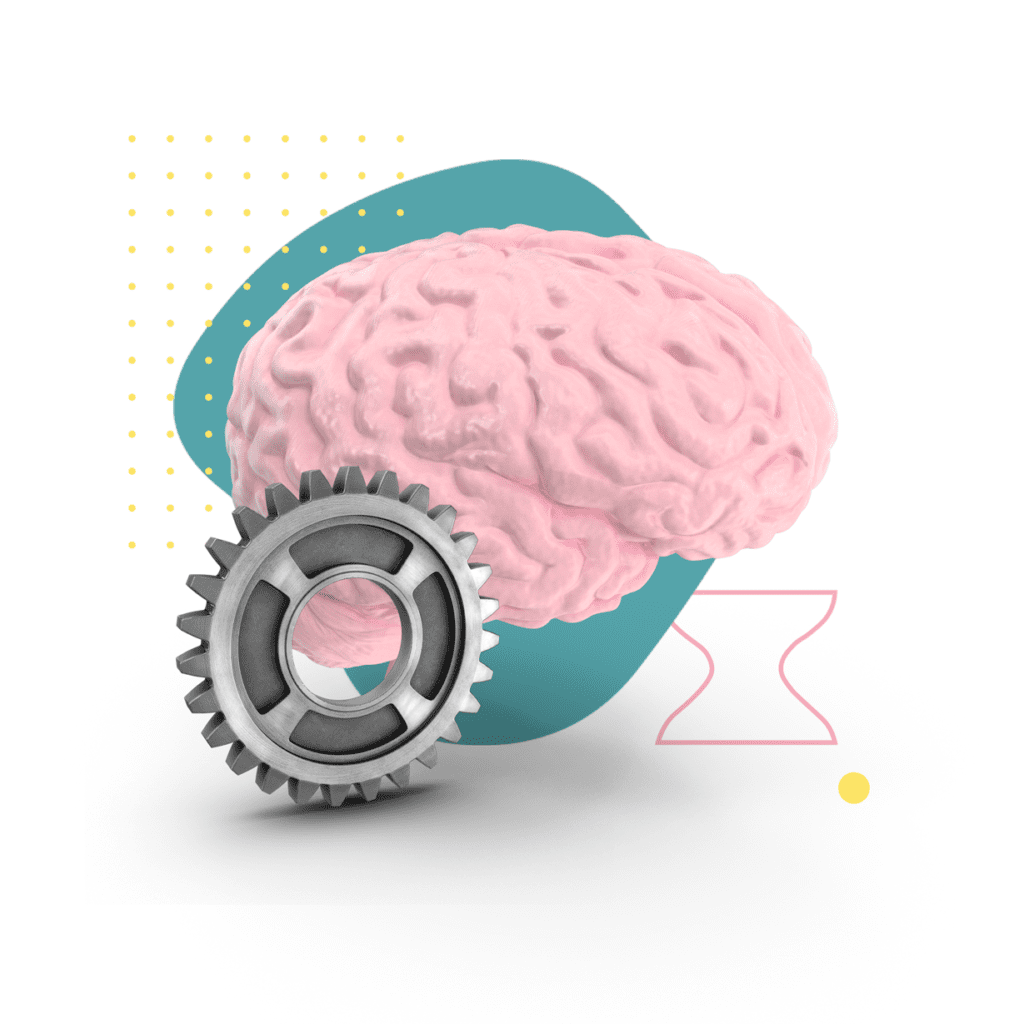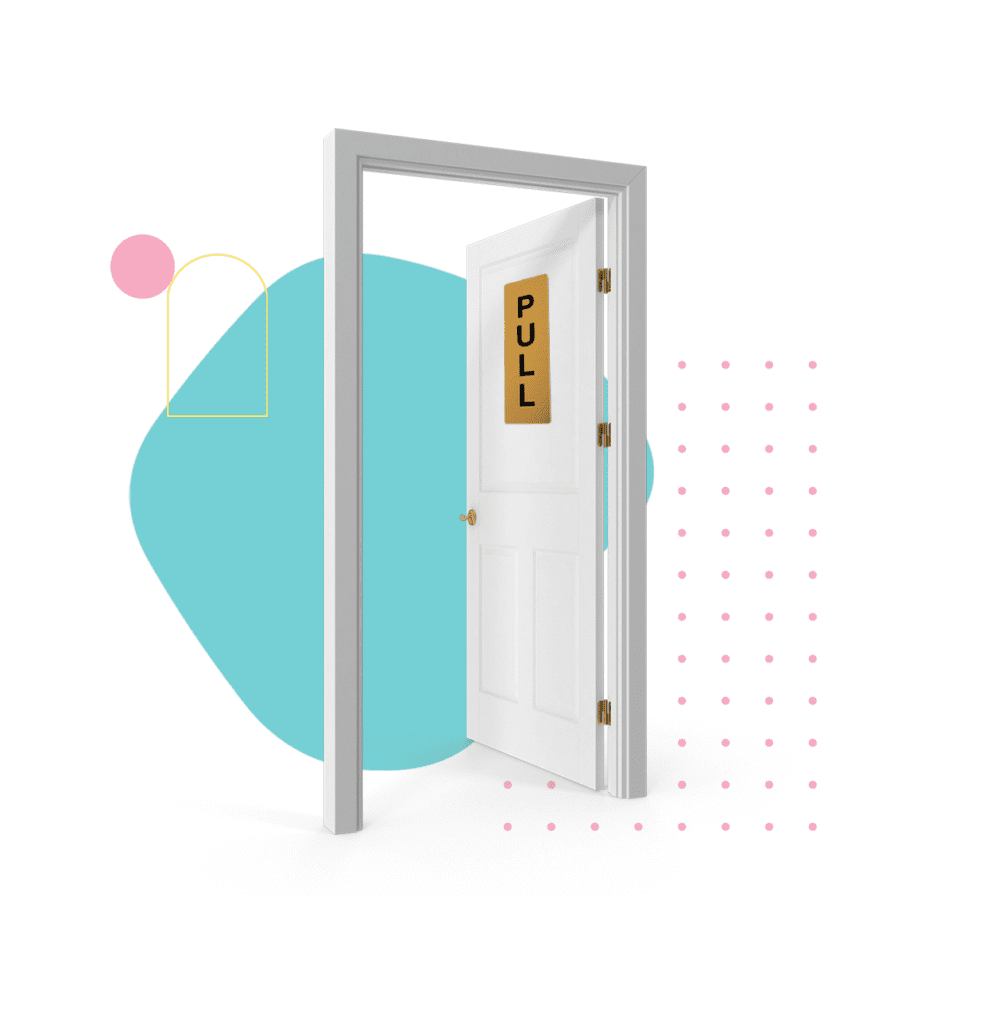An Architecture tool is considered an essential part of an architect’s armoury. However, instead of informing business stakeholders, they often confuse the intended audience due to their complex and unclear nature. These are tools designed for architects to model the enterprise, not for business stakeholders to understand the model.
To achieve the buy-in you need, architecture outputs need to be understood by stakeholders in seconds, be very clear and ideally visually appealing. Blocky and complex diagrams do not allow this, which is why relying on a tool as a way of informing your business stakeholders will always let you down.
Here are the top 5 reasons why your architecture tool will not engage the business:
Virtually every architecture tool is designed with the architect in mind, as its primary user and customer. They focus on the content rather than the user experience for the non-architect. As Wolfgang Goebel states in Enterprise Design Patterns, “Enterprise Design creations can be confusingly complex, technical, graphically ugly, and unclear. Such creations do not provide the user experience needed to make people participate.” We are aware of numerous stories where architects have shown their stakeholders outputs from their tools and received such negative reactions that turn to anger, as they are simply unable to interpret the information shown to them.


Every organisation is unique in how they operate, but mainly because of people. Some organisations will want information displayed in a certain way. Architecture tools do not make the outputs look unique for the organisation in question. The output you receive is designed how the tool wants to represent it – not how the business pictures itself. Often business stakeholders will think in terms of functionality rather than capabilities, so you need to have the capacity to offer a flexible view to immediately connect with your business stakeholder.
A recurrent fault across most architecture diagrams is the overload of information. It is not uncommon to have 50-100 separate pieces of information to comprehend on a single page view – an overwhelming amount of information. Tools do not allow the information to be drip-fed to the user to make the assimilation of information easier to comprehend. Diagrams like this need to be made available in smaller, more digestible chunks. Using filtered views that drill down into further content can help a stakeholder can navigate through a diagram. A familiar interface will give them a much more memorable experience.


Your tool will not be able to assist you should you not understand the principles of design. The tool can only do what you instruct it to do, so if you do not understand these principles, how can you expect the software to? Architecture tools do not enforce conformity of design across different views. As a result, you will often see a series of diagrams (e.g current, transitional & future state) that whilst displaying the same information, is done in such a way that confuses the stakeholders, making any informed decision totally impossible.
The holy grail for architects is a tool that gives the architecture rigour needed, but offers a simple and visually desirable aesthetic for business stakeholders. Unfortunately, none currently exist. To actively engage the business, inform them and insight action, you have to collaborate with designers using the information stored in your tool. Consistent fonts, colours and icons are a good starting point, but breaking down your content into logical user journeys will add an extra layer that you will struggle to achieve using your regular tools.

So, what is the answer? Designers creating architecture artefacts alone would never work, and architects naturally shouldn’t be expected to design visually stunning representations of their work. However, Design and Architecture working in collaboration will produce an end product to make all vested parties leave the boardroom happy.
The 10th in the series of the Sessions with Konvergent roundtable events...
Integrated agile and governance is when multi-disciplinary teams apply agile approaches...
An Architecture tool is considered an essential part of an...
Poorly conceived visualisation can distract your audience from your core messaging...
Here is a selection of the most pertinent and interesting reads for Chief Architects this month, alongside our thoughts.
Konvergent,
The Hoxton, 70 Colombo St,
London,
SE1 8DP
T: +44 (0)20 3744 1256
E: info@konvergent.co.uk
| Cookie | Duration | Description |
|---|---|---|
| cookielawinfo-checkbox-analytics | 11 months | This cookie is set by GDPR Cookie Consent plugin. The cookie is used to store the user consent for the cookies in the category "Analytics". |
| cookielawinfo-checkbox-functional | 11 months | The cookie is set by GDPR cookie consent to record the user consent for the cookies in the category "Functional". |
| cookielawinfo-checkbox-necessary | 11 months | This cookie is set by GDPR Cookie Consent plugin. The cookies is used to store the user consent for the cookies in the category "Necessary". |
| cookielawinfo-checkbox-others | 11 months | This cookie is set by GDPR Cookie Consent plugin. The cookie is used to store the user consent for the cookies in the category "Other. |
| cookielawinfo-checkbox-performance | 11 months | This cookie is set by GDPR Cookie Consent plugin. The cookie is used to store the user consent for the cookies in the category "Performance". |
| viewed_cookie_policy | 11 months | The cookie is set by the GDPR Cookie Consent plugin and is used to store whether or not user has consented to the use of cookies. It does not store any personal data. |